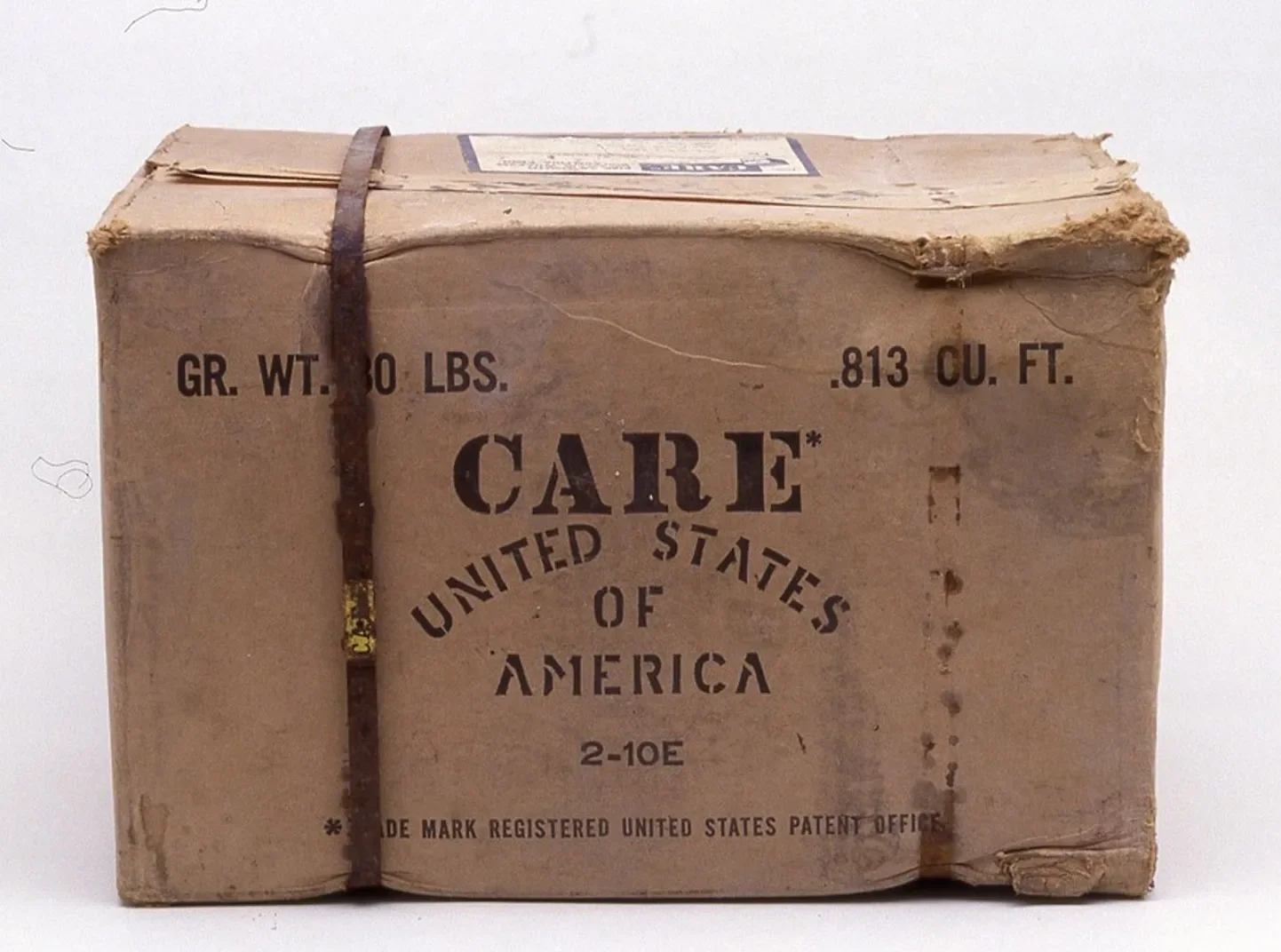Insights
Reviewing 60 funding agreements from the World Bank on COVID-19 vaccination and recovery shows the following insights.
- There is still a gap in delivery funding. The World Bank is currently funding $1.2 billion in vaccine delivery—10% of the total funding allocated for COVID-19 recovery. If that trend applies to the rest of the $20 billion commitment, World Bank funding will cover a between $2 and $4 billion—well below the $9 billion that ACT-A estimates as the lowest possible investment to vaccinate 70% of the world’s population. In contrast, $3.1 billion is going to purchase vaccines.
- Health workers remain underfunded. Only 15 of 60 agreements, just 25% detail provisions to pay health workers. Of those, 7 explicitly fund surge capacity, 3 provide for ongoing salaries, and 4 allow for hazard pay to health workers.
- Countries are taking on debt to rollout COVID-19 vaccinations. 86% of the funding in this analysis is in the form of loans. That gives countries debt that may weaken future pandemic preparedness rather than reinforcing health systems.
- All funders should adopt the World Bank’s commitments to investments in gender equality. 90% of the agreements in this analysis refer to gender inequality and many make corresponding investments—like requiring that 60% of vaccine leadership positions are women—to overcome these barriers. Earmarking exact funds going to advance gender equality would provide further transparency. Nevertheless, this consistent and concrete commitment is commendable, and all actors should strive to replicate it.
